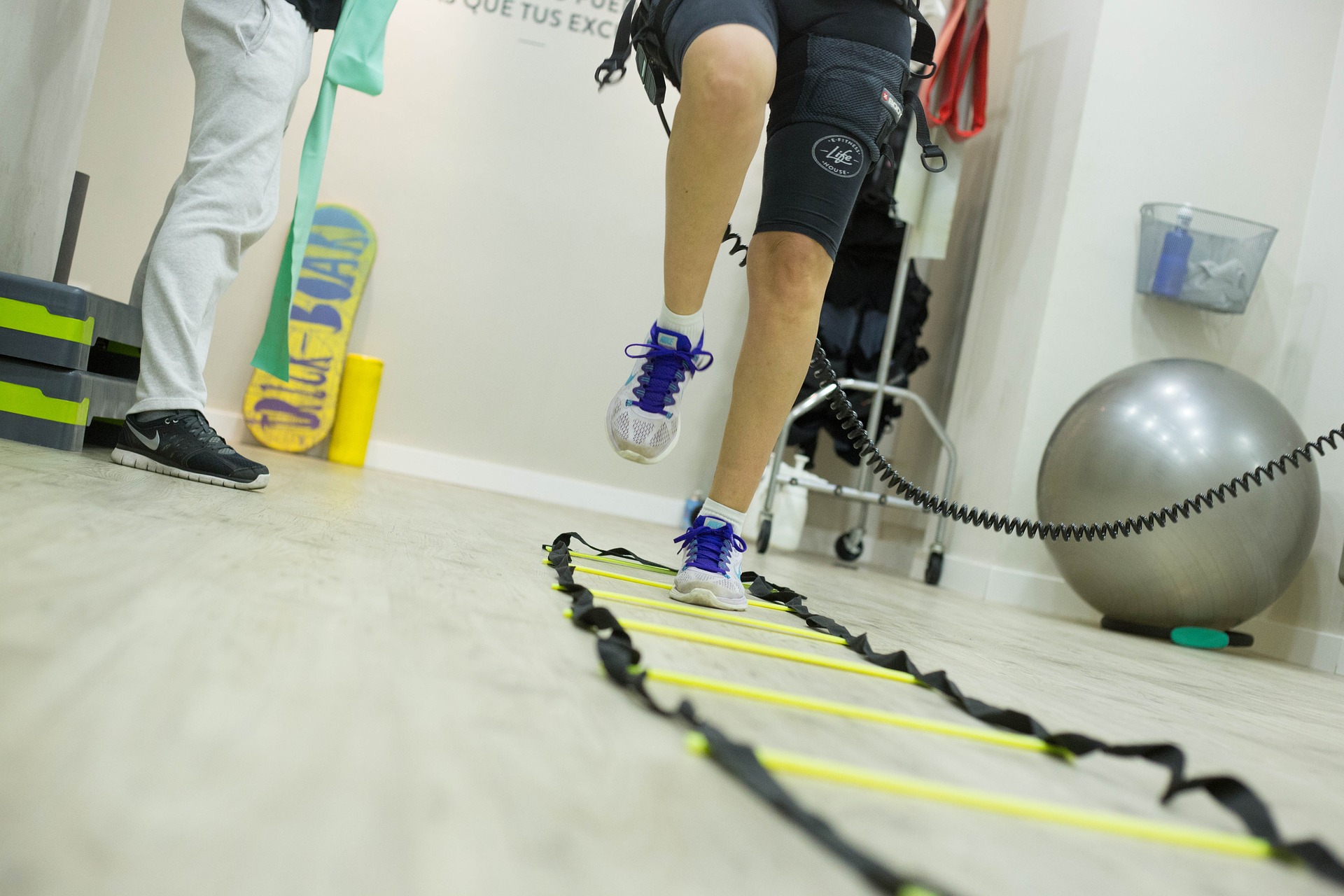Início A atuação do fisioterapeuta na Unidade de Tratamento Intensivo de COVID-19 -...
fisioterapia
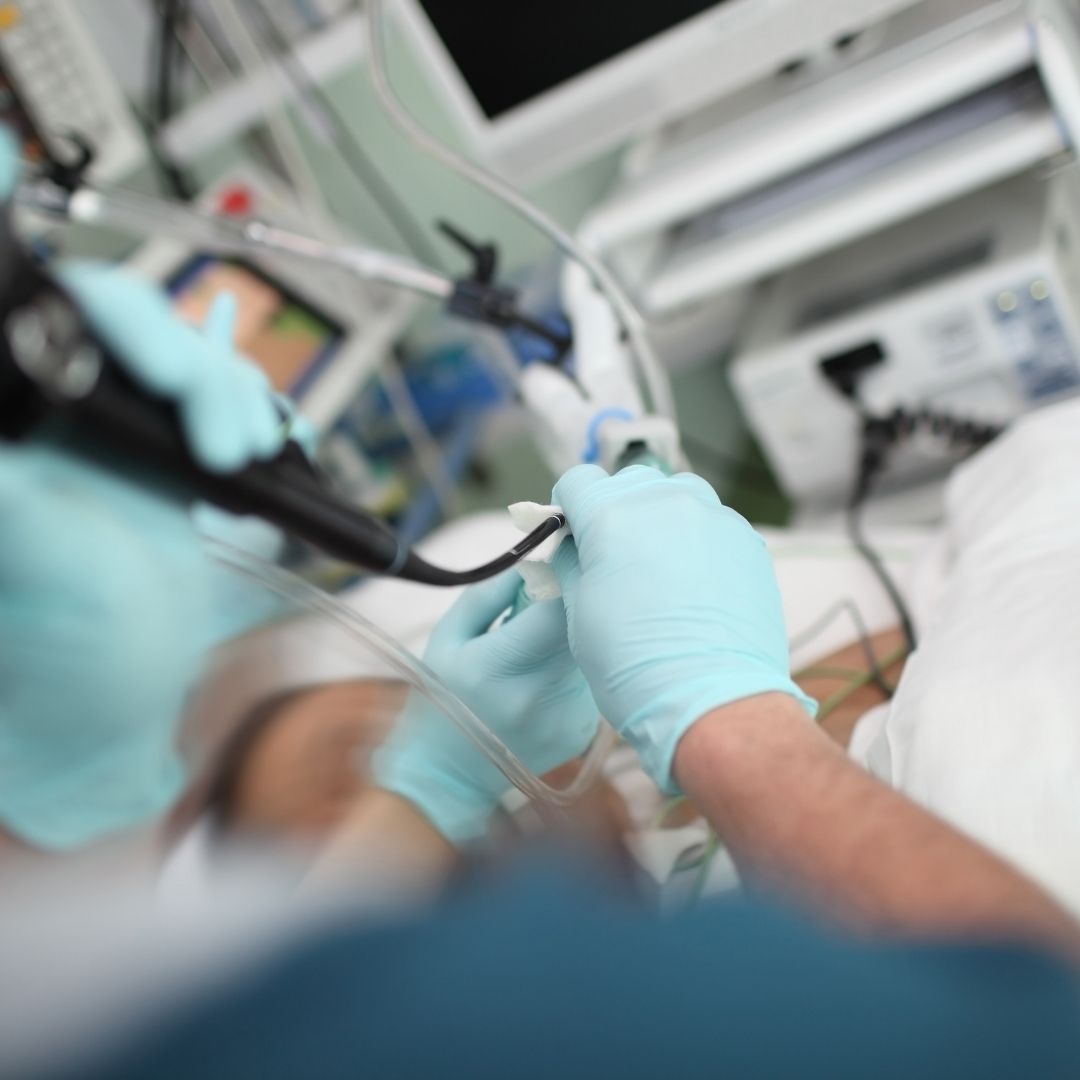
A atuação do fisioterapeuta na Unidade de Tratamento Intensivo de COVID-19 – uma revisão
Resumo:
Introduction: COVID-19 affects each individual differently, so some infected patients require hospitalization to correct the low oxygen in the blood. Therapeutic interventions to correct this anomaly are usually carried out in intensive care units (ICU), with the participation of the intensive care physiotherapist and include, in addition to drug therapy, oxygen therapy and ventilatory support, which is usually invasive, with the need for prone positioning, oxygenation by extracorporeal membrane and inhaled nitric oxide. Thus, this article aims to present, based on the bibliography, the approaches of the physiotherapist professional in the intensive care units of COVID-19. Review: This study was carried out through a literature review research. For the composition of this work, legislation, technical pronouncements from regulatory bodies and nine scientific productions published in Portuguese in the period 2019 to 2021 were used. Consultations were carried out in the SCIELO and LILACS databases. Discussion: The physical therapy approach varies according to the degree of severity, characteristics and intervention approaches. Among the resources used in clinical practice for physical therapy management in patients diagnosed with COVID-19, oxygen supplementation, invasive mechanical ventilation (IMV), positioning and early mobilization stand out. Final considerations: The findings of this research allowed us to conclude that the intensive care physical therapist is of great importance in the multidisciplinary team in the ICUs and that their role directly collaborates in the treatment and prevention of cardiopulmonary, circulatory and muscle pathologies, considerably reducing the chance of possible future complications.
Keywords: COVID-19, physiotherapy, UTI COVID, intensive care unit.
Expandir Resumo
Acessar Texto Completo

Benefícios da fisioterapia pélvica nas disfunções sexuais femininas e na qualidade de vida: revisão integrativa
Resumo:
Background: Sexual dysfunctions are characterized as any disorder that will have effects and / or will cause damage to the female sexual function that directly impact the quality of life and affective food relationships. Objective: The aim of this research was to carry out an integrative review with a view to proving the benefits of pelvic physiotherapy in the treatment of female sexual dysfunction and quality of life. Revision: This is an integrative literature review study, with bibliographic search of published articles published, Latin American and Caribbean platforms in Health Sciences (LILACS), Medical Literature Analysis and Retrieval System Online - (MEDLINE / PUBMED ), Scientific Electronic Library Online (SCIELO), Sciencedirect and Mendeley, combined in English and Portuguese. The search took place between January and June 2021 and the year of publication was not used as a selection criterion. Discussion: The initial search found 28,100 titles, which, after cc, were reduced to just 560 articles. Of these, only 7 were consistent with the survey. Final considerations: Based on this research, it identifies that pelvic physiotherapy plays a key role in the treatment of female sexual dysfunctions (FSD), and in improving the quality of life, since as FSD they change not only the woman's physical structures, but also psychological and social.
Keywords: sexual dysfunction, physiotherapy, quality of life.
Expandir Resumo
Acessar Texto Completo
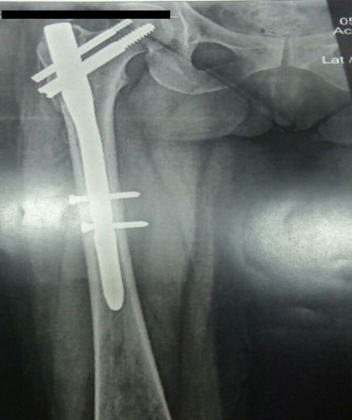
Tratamento fisioterapêutico tardio em indivíduo submetido a cirurgia de fixação de fêmur, pós-fratura: um estudo de caso
Resumo:
Introduction: Proximal femur fractures are common after a fall, and are considered a public health problem. The aim of the study was to verify the effects of late physical therapy treatment applied to an individual who underwent fixation surgery after fracture of the femur. Case report: This is a case study of a 55-year-old female patient with femur fixation after trans trochanteric fracture of the right femur, under physical therapy treatment performed in 12 weeks, which involved manual therapies, strength training, balance and proprioception, as well as hydrotherapeutic resources. Discussion: After treatment application, it was possible to observe improvement and maintenance of muscle strength and range of motion, improvement of balance, proprioception and reduction of pain. Thus, it can be concluded that such an approach applied to the patient in question, was able to have positive effects related to pain, muscle strength, range of motion, balance and proprioception.
Keywords: physical therapy specialty, femoral fractures, hydrotherapy, rehabilitation.
Expandir Resumo
Acessar Texto Completo
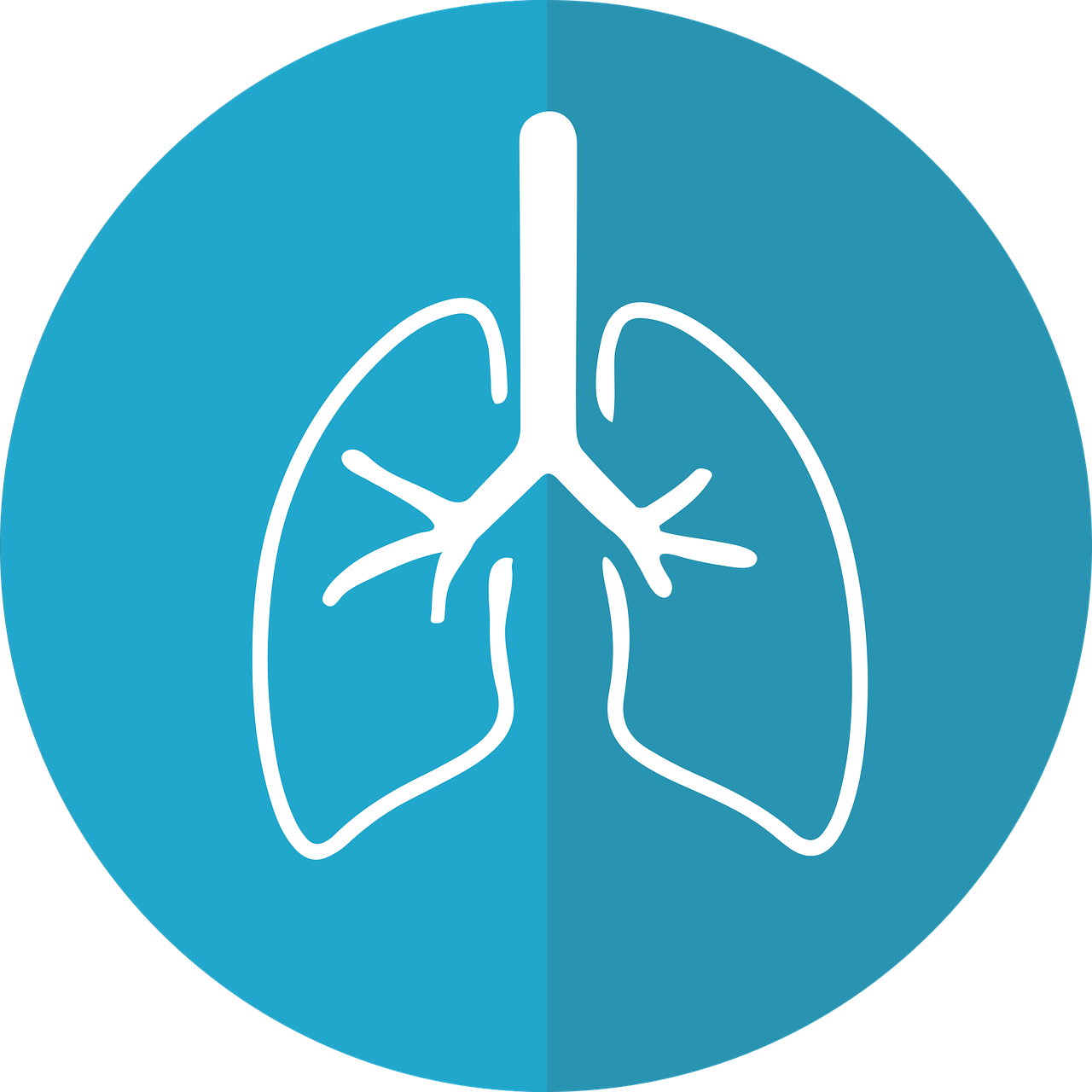
Efeitos agudos do EzPAP® terapia de expansão pulmonar: vantagens e desvantagens
Resumo:
Introduction: Restrictive lung diseases affect about 12% of the general population and cause a reduction in lung expansion. They are characterized by decreased vital capacity and lung volumes. The EzPAP® is a non-invasive respiratory physiotherapy device, indicated for pulmonary expansion. Objective: To detail the acute effects of EzPAP®, its advantages and disadvantages for pulmonary expansion. Methodology: This is an integrative review of a clinical nature. A search was performed in the databases MedLine, LILACS, Pedro Scientific Eletronic Library online (Scielo), United States National Library of Medicine (PubMed) and Cochrane Controlled. The search period was from March to October 2020. Articles published in the last 10 years were included, without language restrictions. Repeated articles and publications that were not included in databases were excluded. For the selection of articles, the methodology was structured in five phases: (1) Identification of the theme, (2) Search of the subject in the databases, (3) Categorization of studies, (4) Evaluation and (5) Interpretation of the studies results. Three independent reviewers participated in the investigation. Disagreements about inclusion were resolved through a second analysis and consensus of the pre-selected study. Results: 22 studies were found, of which 16 were excluded, as they did not describe a methodological design and for including other clinical conditions other than acute respiratory failure in adults. Thus, 6 studies were included that met the criteria established for the primary outcome. Final Considerations: The most frequent acute effects were the shorter hospital stay, prevention and treatment of pulmonary atelectasis, reduction of dyspnea, hypoxemia and hypercapnia. Few studies have explored and highlighted the disadvantages of EzPAP®, and some had important limitations, with no data on the percentage and relative amount of improvement or worsening of the participants' health status.
Keywords: Pulmonary atelectasis, Physiotherapy, Respiratory failure, Physiotherapy modality, Positive pressure breathing, Respiratory care units.
Expandir Resumo
Acessar Texto Completo
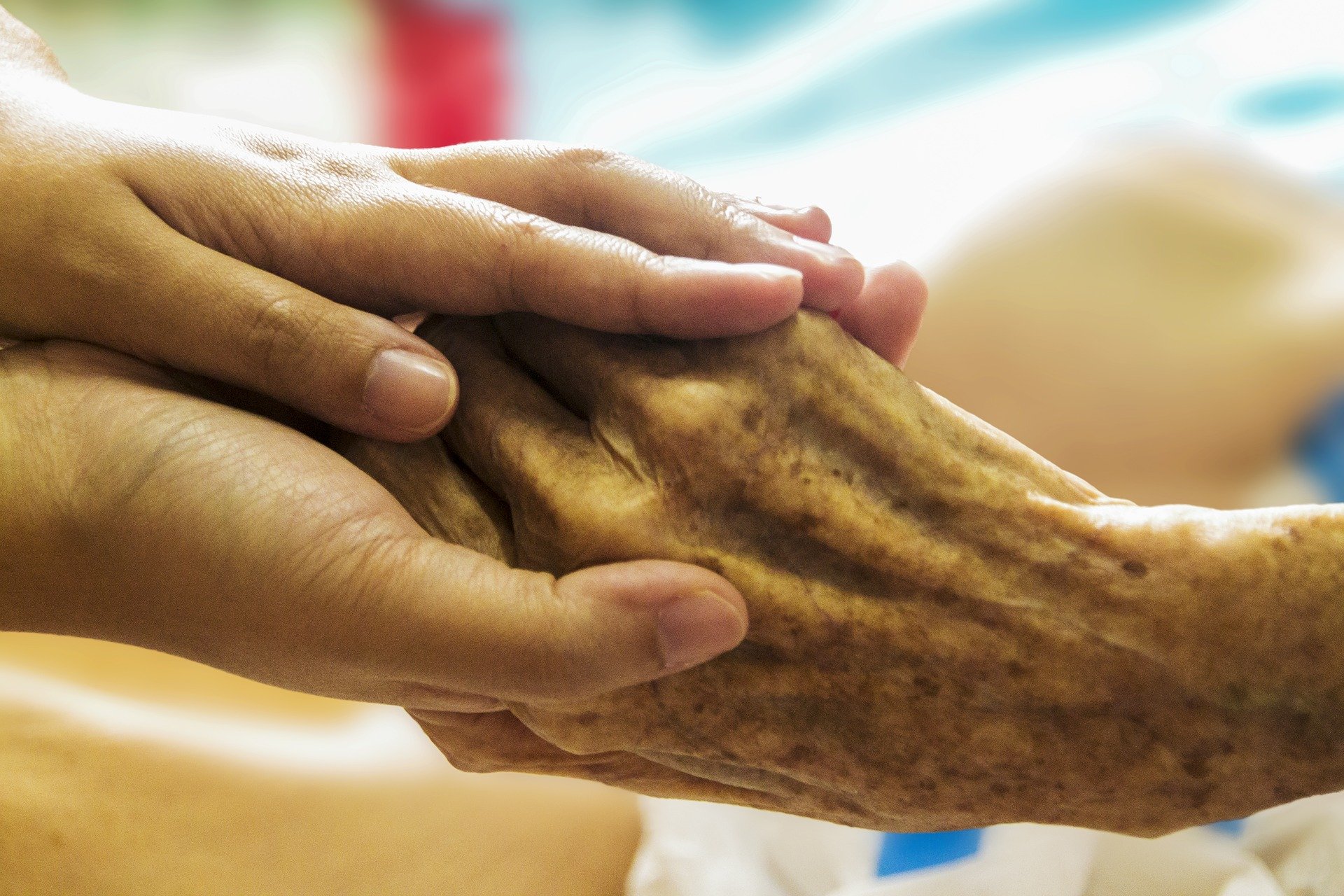
Aspectos atuais na formação e preparação dos profissionais da saúde frente aos cuidados paliativos
Resumo:
Introduction: Palliative care (PC) behaves like a philosophy that promotes quality of life for patients in their stages of progressive and terminal illness, providing support in the physical, mental and spiritual dimensions, without giving up the individual attention of each individual. The objective of this study is to present, through an integrative literature review, the performance of health professionals in palliative care, demonstrating the importance of a multidisciplinary team in this area. Review: Humanization in palliative care consists of meeting the needs of the patient, whether he is diagnosed with a terminal chronic disease or not, thus, humanization and palliative care are related in concept and practice, and must be initiated from the initial stage of the disease to its advanced stage. When it comes to the composition of the team of professionals, it must contain doctors, psychologists, nurses, physiotherapists, social workers and occupational therapists, as these professionals assume specialized care with a focus on patient care individually, as each individual reacts differently. different to a therapeutic one, with short or long term interventional actions. Final Remarks: The finitude of life process requires health professionals to be prepared not only for practical competence. However, there are signs of absence of teaching and pedagogical approaches in the theme of PC, addressing this theme during the graduation of the student in the health area, will add fundamental issues, both for the professional and personal scope, making it empathic to deal with patients facing the end of life, offering respect and the necessary care.
Keywords: palliative care, physiotherapy, teachers, teaching.
Expandir Resumo
Acessar Texto Completo


